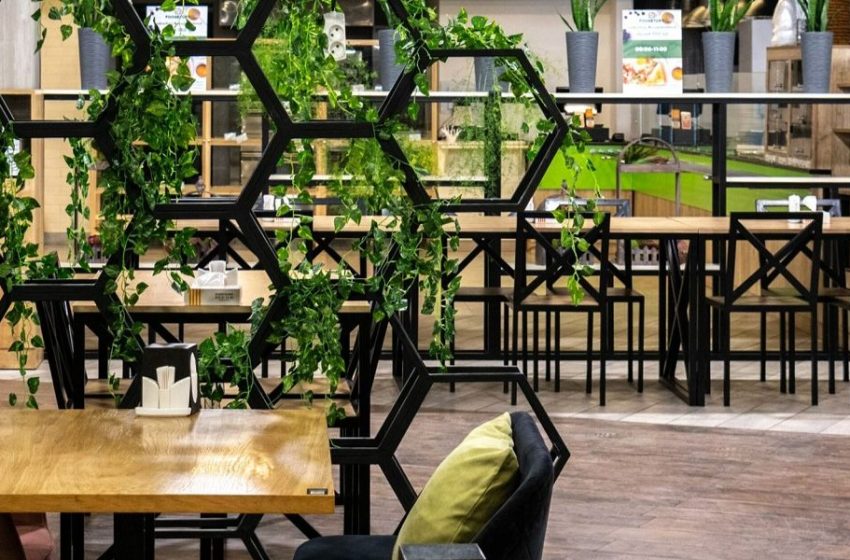
Sustainable Dining: A Guide to Eco-Friendly Eating
In today’s fast-paced world, where convenience often trumps sustainability, the concept of sustainable dining has gained significant traction. As we become more conscious of our environmental footprint and the impact of our choices, dining out or even dining in can be an opportunity to make a positive difference. Join us on a culinary journey as we explore the world of sustainable dining, uncovering dining essentials, and discovering ways to make eco-friendly choices without sacrificing taste or enjoyment.
Dining Essentials: Beyond Food
When we think of dining essentials, food is undoubtedly the first thing that comes to mind. However, sustainable dining goes beyond what’s on your plate. It encompasses a holistic approach to food consumption, considering not only the ingredients but also the entire dining experience.
Mindful Ingredient Selection
Choosing locally sourced, organic, and seasonal ingredients is the cornerstone of sustainable dining. These choices not only support local farmers but also reduce the carbon footprint associated with long-distance transportation.
Eco-Friendly Utensils and Tableware
Opt for reusable and eco-friendly utensils, plates, and glasses. Avoiding single-use plastics and opting for biodegradable or compostable alternatives can significantly reduce waste.
Energy-Efficient Practices
Restaurants and home kitchens alike can benefit from energy-efficient appliances and cooking methods. This reduces energy consumption and, in turn, lowers the environmental impact.
Minimal Food Waste
Efforts to minimize food waste can make a substantial difference. This includes proper portion control, creative use of leftovers, and composting organic waste.
Living Room Essentials List: Creating the Ideal Sustainable Dining Space
The dining experience extends beyond the restaurant. Creating a sustainable dining space at home is equally important. Here’s how you can transform your dining area into an eco-friendly oasis.
Eco-Friendly Furniture
Choose furniture made from sustainable materials like bamboo, reclaimed wood, or recycled metal. Avoid pieces treated with harmful chemicals.
Natural Lighting
Maximize natural light to reduce the need for artificial lighting during the day. Consider energy-efficient LED bulbs for evening dining.
Indoor Plants
Introduce indoor plants to improve air quality and create a soothing ambiance. Plants like snake plants and spider plants are easy to maintain.
Sustainable Decor
Opt for decor items made from sustainable materials, such as jute rugs, organic cotton tablecloths, and upcycled wall art.
Dining Out Sustainably: What to Look For
When dining out, choosing restaurants that prioritize sustainability is a powerful way to support eco-friendly practices. Here’s what to consider:
Locally Sourced Menus
Restaurants that source their ingredients locally not only support the community but also reduce their carbon footprint.
Farm-to-Table Commitment
Look for restaurants that have a farm-to-table philosophy, ensuring the freshest and most sustainable ingredients.
Sustainable Seafood
Check if the restaurant serves sustainably sourced seafood, as overfishing is a significant environmental concern.
Eco-Friendly Practices
Inquire about the restaurant’s waste management, energy-saving initiatives, and recycling practices to ensure they align with sustainable values.
Final Words
Sustainable dining is not a passing trend but a conscious choice that can benefit both the environment and our well-being. By embracing mindful ingredient selection, eco-friendly dining essentials, and sustainable practices both at home and when dining out, we can savor delicious meals while leaving a smaller ecological footprint. Join the movement towards eco-conscious dining, and savor every bite with a clear conscience.
Commonly Asked Questions
1. What is the main benefit of sustainable dining?
Sustainable dining benefits the environment by reducing waste and carbon emissions, supports local communities, and promotes healthier eating habits.
2. Can I practice sustainable dining at home without breaking the bank?
Yes, sustainable dining can be cost-effective. Start by buying local and seasonal produce, reducing food waste, and using eco-friendly tableware.
3. How can I find sustainable restaurants in my area?
You can search for sustainable restaurants using apps and websites that focus on eco-friendly dining options. Additionally, look for restaurants that highlight their sustainability efforts on their websites or menus.
4. Are there any sustainable dining certifications to look out for?
Yes, certifications like “Certified Organic,” “Fair Trade,” and “MSC Certified” for seafood can help you identify sustainable dining options. However, not all sustainable restaurants may have these certifications, so it’s essential to inquire about their practices.
5. What can I do as a diner to encourage sustainable practices at restaurants?
Diners can promote sustainability by supporting eco-friendly restaurants, providing feedback on sustainable practices, and spreading awareness among friends and family about the importance of sustainable dining.


